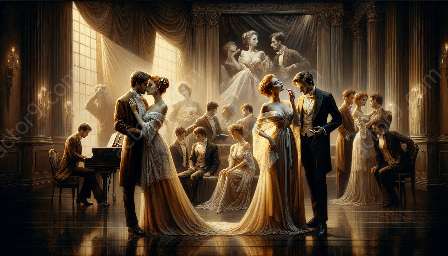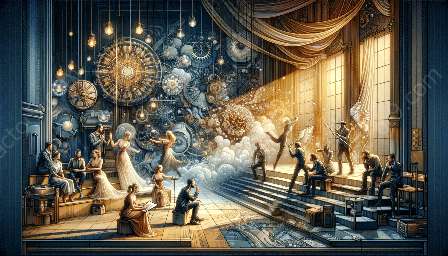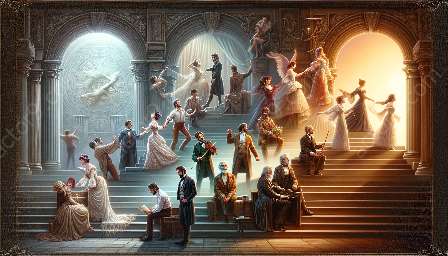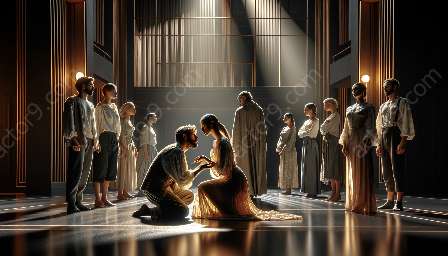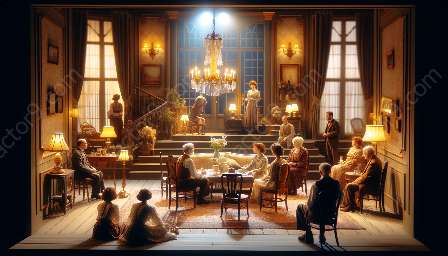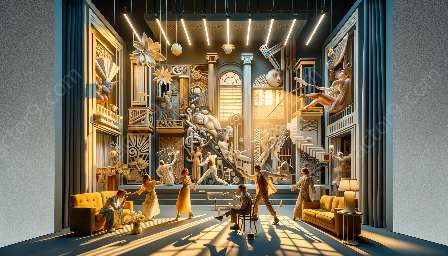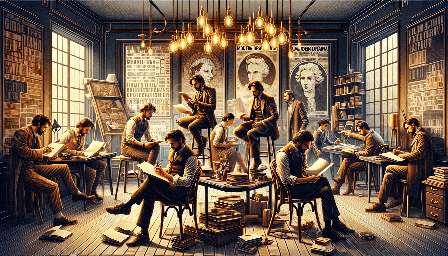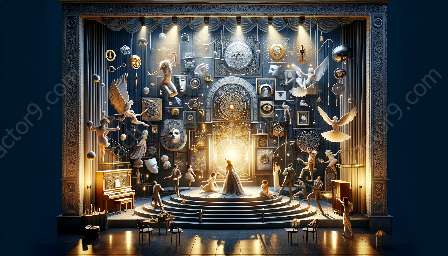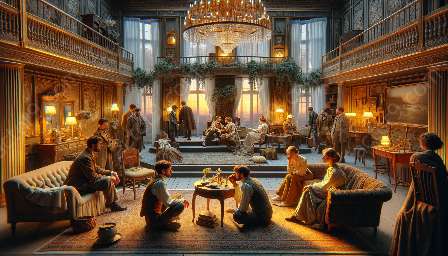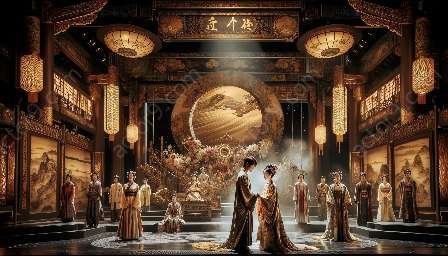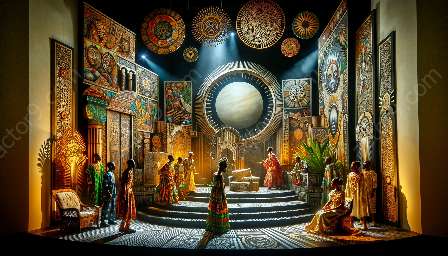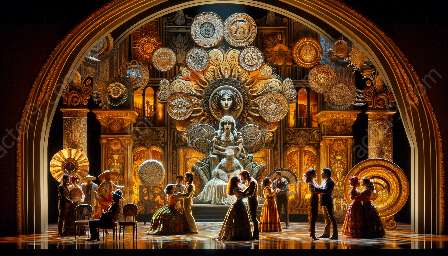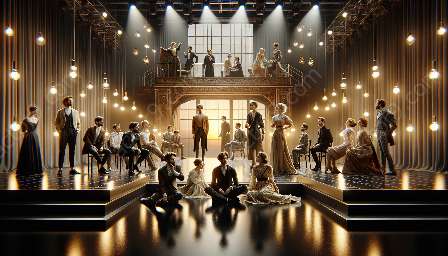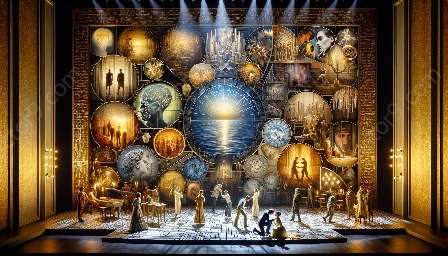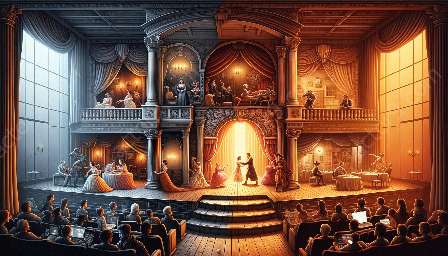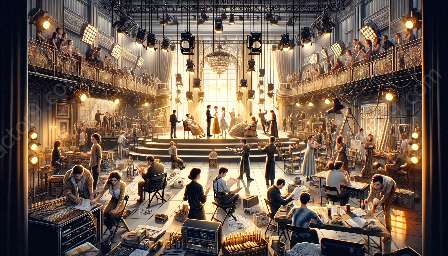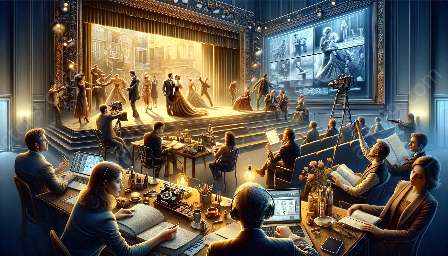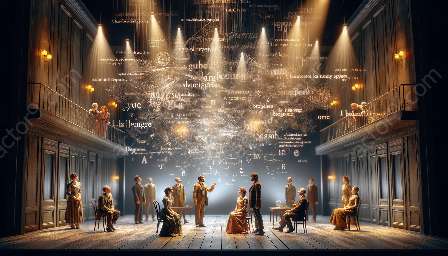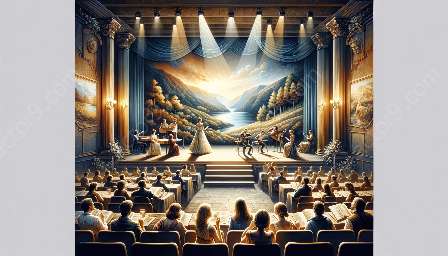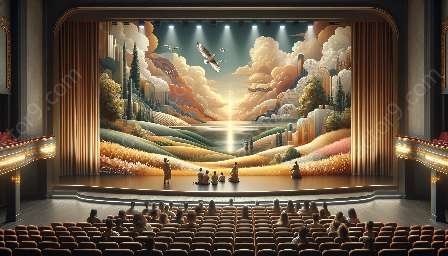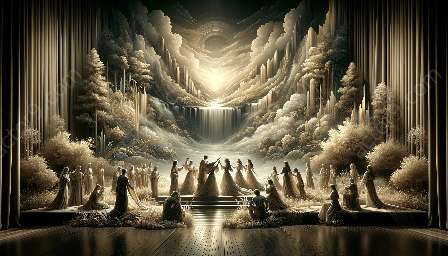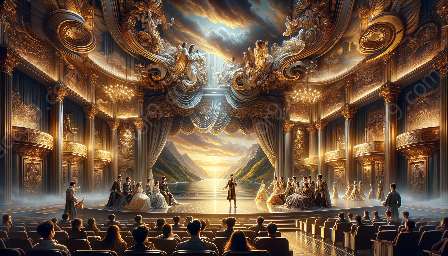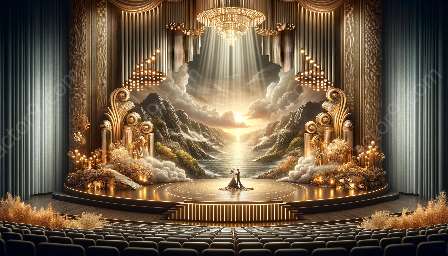Storytelling and narrative techniques play a critical role in modern drama adaptations, shaping the way classic works are brought to contemporary audiences. By exploring the use of these strategies, we can gain insight into how modern drama utilizes storytelling and narrative techniques to engage and captivate audiences.
Understanding Adaptation in Modern Drama
Adaptation in modern drama refers to the process of reinterpreting classic literary works, plays, or stories for the modern stage or screen. These adaptations often involve updating the original source material to resonate with contemporary audiences, addressing relevant themes and issues while preserving the essence of the original work.
The Role of Storytelling in Modern Drama Adaptations
Storytelling lies at the heart of modern drama adaptations, serving as a powerful tool for conveying narratives in compelling and innovative ways. Through the use of intricate plot structures, character development, and thematic exploration, storytellers reshape traditional stories to resonate with modern sensibilities.
Engaging Audiences Through Narrative Techniques
Narrative techniques in modern drama adaptations serve to captivate audiences by employing various literary devices such as foreshadowing, nonlinear timelines, multiple perspectives, and meta-narratives. These techniques add depth and complexity to the storytelling, inviting audiences to interpret and engage with the narrative on different levels.
Exploring the Intersection of Tradition and Innovation
Modern drama adaptations often function at the intersection of tradition and innovation, blending the timelessness of classic narratives with innovative storytelling approaches. This fusion allows for the reinterpretation of familiar tales while embracing contemporary theatrical and cinematic conventions.
Adapting Themes and Characters for Modern Audiences
Another vital aspect of modern drama adaptations involves the adaptation of themes and characters to reflect the evolving societal landscape. By infusing relevance and relatability into the narrative fabric, modern adaptations breathe new life into familiar stories, making them resonate with today's audiences.
Capturing Emotions and Human Experiences
Modern drama adaptations harness storytelling and narrative techniques to capture a wide range of emotions and human experiences, allowing audiences to connect with the characters and themes on a deeper level. Through the portrayal of universal truths and emotional depth, these adaptations create immersive experiences that resonate with diverse audiences.
Embracing Visual and Theatrical Innovations
Advancements in visual and theatrical innovations have opened up new avenues for storytelling in modern drama adaptations. From immersive set designs to cutting-edge multimedia integration, these adaptations leverage technology and creativity to enhance the narrative experience for contemporary audiences.

